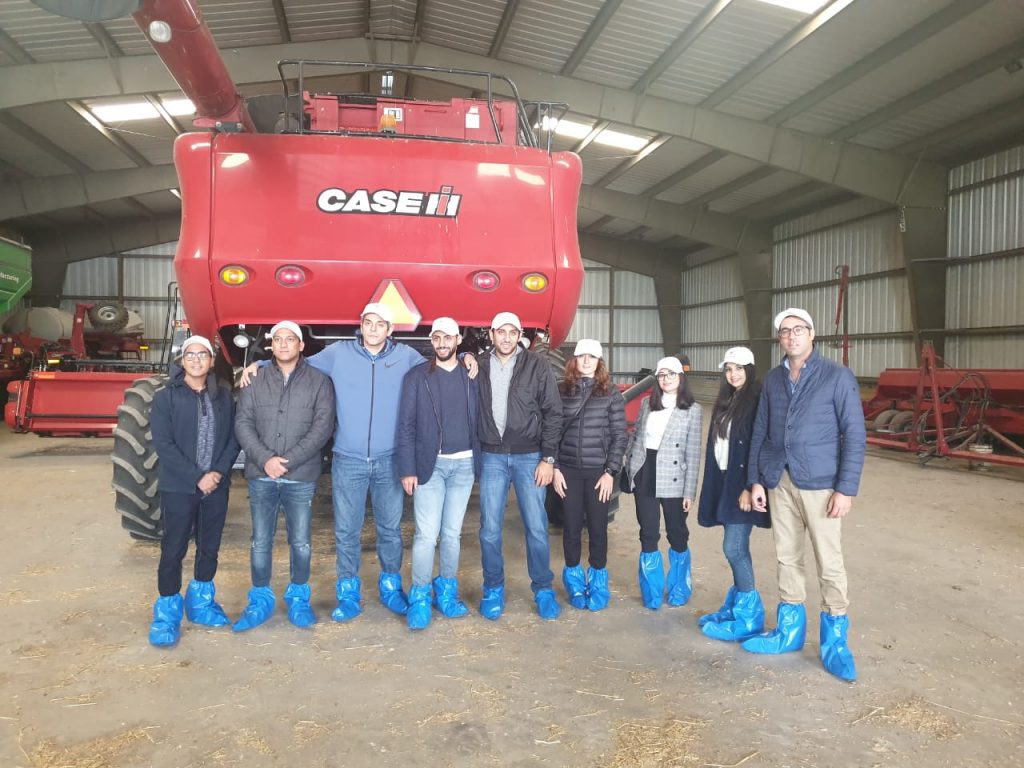Navigating the technical aspects of trade can be complex, which is why the U.S. Grains Council (USGC) arranged for seven key feed grain importers and end-users from North Africa and the Middle East to attend a grain procurement management course earlier this month at the Northern Crops Institute (NCI) in Fargo, North Dakota.
“Ensuring that importers understand all the mechanisms that are necessary within the grain trade industry is imperative when overseas customers are making purchasing decisions,” said Ramy Taieb, USGC regional director for the Middle East and Africa. “The course also aids our efforts to build lasting relationships with export markets and train a new generation of grain buyers – a key component of the Council’s overseas work.”
The 10-day course provided the team members with a comprehensive understanding of the U.S. grain handling and marketing systems through a combination of intensive in-classroom seminars at NCI and North Dakota State University’s (NDSU’s) Commodity Trading Classroom, where participants learned how to extract and analyze market information and assess risk when trading through simulated trade exercises.
In addition to classroom training, the team visited nearby grain farms to examine the current year’s corn crop and traveled to Duluth, Minnesota, to visit the port authority, an export facility and U.S. grain traders.
“The fundamentals of accessing the U.S. grain market are through education and a better understanding of the tools for trade available in the U.S. market,” said Taieb. “We are working directly with those who make those purchasing decisions.”
The primary markets buying U.S. feed grains in the region include Egypt, Morocco, Tunisia and Saudi Arabia. These four markets imported roughly 15.9 million metric tons (626 million bushels) of corn in the 2017/2018 marketing year, with U.S. origin sales to these countries up 11 percent year-over-year to nearly 3.9 million tons (nearly 154 million bushels).
Providing market information and technical assistance through activities like these ensure the Council’s key partners in the region stay informed on market conditions, especially important as trade dynamics shift fueled by increased competition from Black Sea exporters.
“Markets in North Africa and the Middle East remain key destinations for U.S. coarse grains and co-products,” Taieb said. “Being adaptive and responsive to the needs of these markets is an important part of the Council’s trade servicing activities.”
Learn more about the Council’s work in North Africa and the Middle East.
About The U.S. Grains Council
The U.S. Grains Council develops export markets for U.S. barley, corn, sorghum and related products including distiller’s dried grains with solubles (DDGS) and ethanol. With full-time presence in 28 locations, the Council operates programs in more than 50 countries and the European Union. The Council believes exports are vital to global economic development and to U.S. agriculture’s profitability. Detailed information about the Council and its programs is online at www.grains.org.


